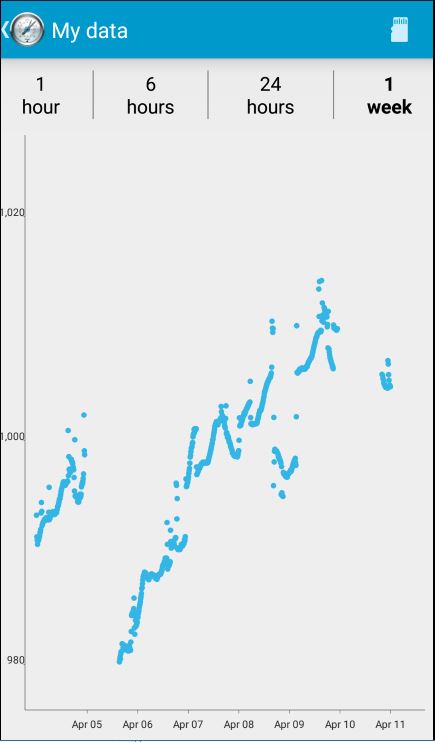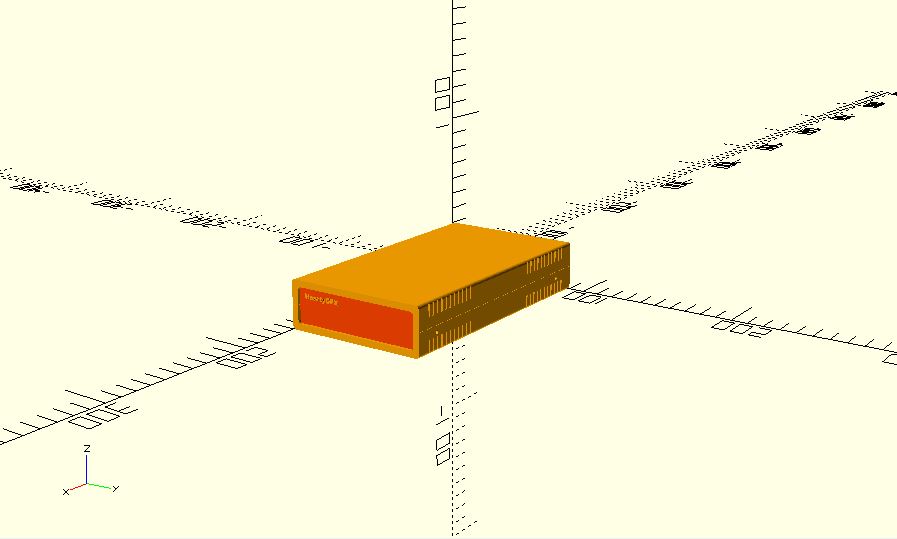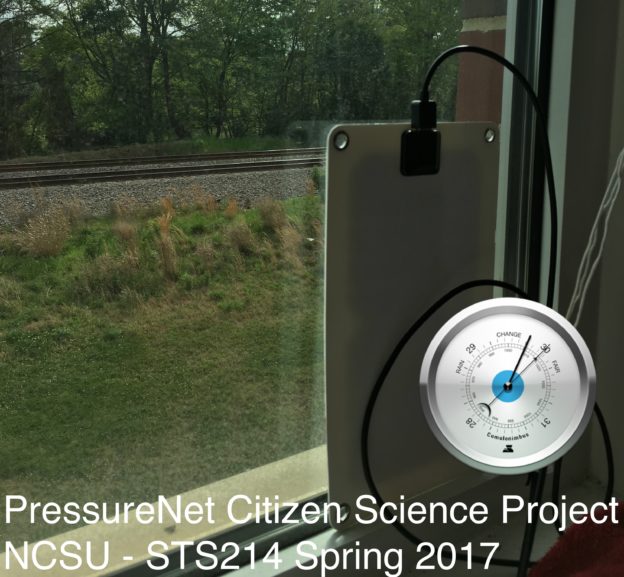Project: PressureNet
By: Samuel Cynamon, Corey Atkins, Jialang Li
We chose this project because it offers a unique opportunity to start a new initiative on campus to aide in the crowdsourcing weather app using recycled phone, and solar energy. Normally users just need to have it downloaded on their phone to allow the automatic reporting system to send pressure readings to the servers. However what we wanted to create was a self sufficient system that would be able to give consistent readings day and night to provide more data to the app developers. The solution we developed utilized a recycled Galaxy S5 phone with a solar panel usb connector. By using a solar power source we can eliminate the need for the project to rely on conventional recharging resources, in the long term we predict this to be the real cost saver for the overall project. The phone can be disconnected from service and just use a standard wifi connection to upload the data, and can be placed inside since pressures are the same for inside and outside. However since the panel is waterproof, by adapting a simple waterproof box for the phone, we can also place the whole device outside as well (as long as it still reaches a wifi signal). By developing this all in one system we can create multiple systems to provide a larger quantity of data, that has a greater quality since it will have more consistency to help predict the weather for our local area.
Data Collected from the Recycled Galaxy S5

Overall the project was a success with a few hiccups along the way. Initially we wanted to have the system be based primarily outside, in a waterproof box (Original Design) and the solar panel posted on a pole somewhere in the middle of campus. We found that there were two major problems with this original plan. The first problem we found was that the possibility of the phone getting stolen, as well as the solar panel, and that we couldn’t prove that the box would be waterproof and therefore the phone would potentially get water damage. So we opted to keep the phone inside at a window sill for the solar panel. We were worried that the pressure would be different and therefore would skew the data, but after some research through the app we discovered that pressure is generally the same inside and outside, and only changes based on altitude. (PressureNet) Otherwise the phone did exactly as it was suppose to, providing the project critical pressure data for our area, using only the power from the solar panel. It also turned out to be a great thing that the phone was inside because then you could also use the app for checking the weather before you leave, as well as ensure that it was still working, and on. The other critical problem was that our original choice for a solar panel fell through in the shipping process. Originally we ordered a cheaper, and smaller panel through a Chinese manufacturer, however after several days pasted on the expected delivery date we had to give up on that panel and move on to a more reliable, yet more expensive, provider and solar panel. The one shown in the photos is the one we got from amazon for around $30, which was the most expensive part of the whole project.
Portable Solar Charger from Amazon

The main limitations that we found in the original project were public access, and the need for more participation. The app used by the project is for only Android devices, excluding those with Apple devices who might want to contribute, our cost-effective solution for these would-be participants is to find an inexpensive, recycled Android phone. Additionally, this project requires for those involved to constantly charge and recharge their device, over a long period this power cost would add up, whereas if the phone were kept fully charged by a renewable power source, e.g. a solar panel, that long-term cost would be reduced. We decided that if we could find a way to include more people at a lower long-term cost, we could increase the accuracy and participation of the project. Furthermore, anyone using the app on their main cell phones would likely get inconsistent data because the phone would not be stationary at all times, instead the individual phone would gather data randomly from a more general area as the phone’s owner goes about their day and and the resulting data may not accurately show trends in pressure change.
Our Altered Design for Outside Waterproof Phone Case

The future of this project lies in the quantitative increase in the number of phone providing data from a local area. We think that while individuals can contribute to the crowdsourcing app, the fundamental increase, in both quality and quantity is to recycle these older phones, attach a solar panel, and to have them run this application from a single location all over our community. With more consistent data reports, coming from various locations, all over a general area we can increase the ability for the app developers to generate accurate weather reporting data for our community.
Solar Panel System sitting in the window collecting data


In the end we learned quite a bit about how weather can be determined from a number of factors, the primary interesting one to us, from pressure. While our project was simple in concept, it has become quite a potential citizen science project for those new to citizen science projects. On a scale of 1 to 10 this project would be a 3 in difficulty, but by providing this data we can learn more about the world around us, and be more prepared for what mother nature has in store for us tomorrow.
